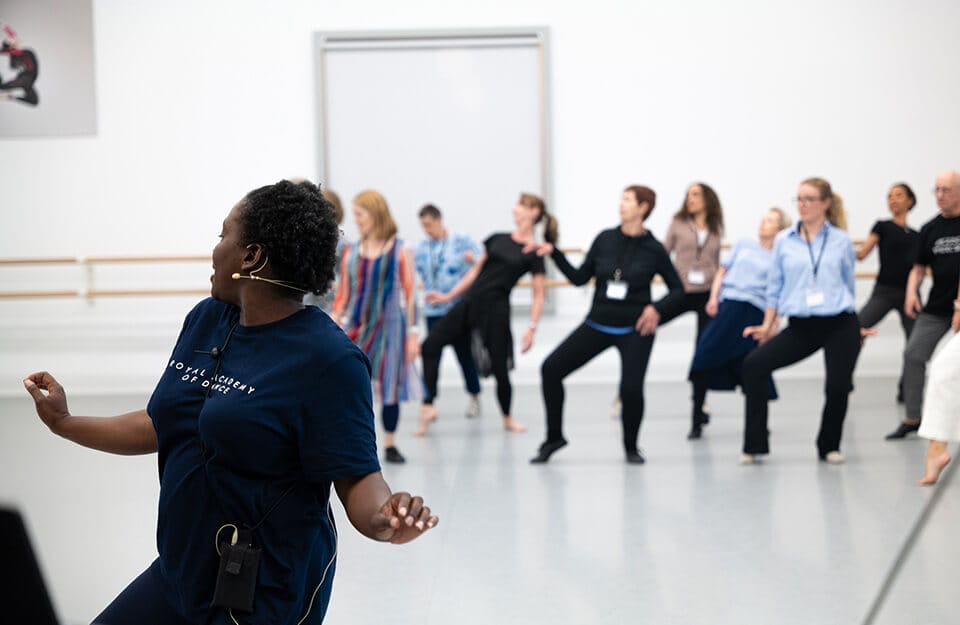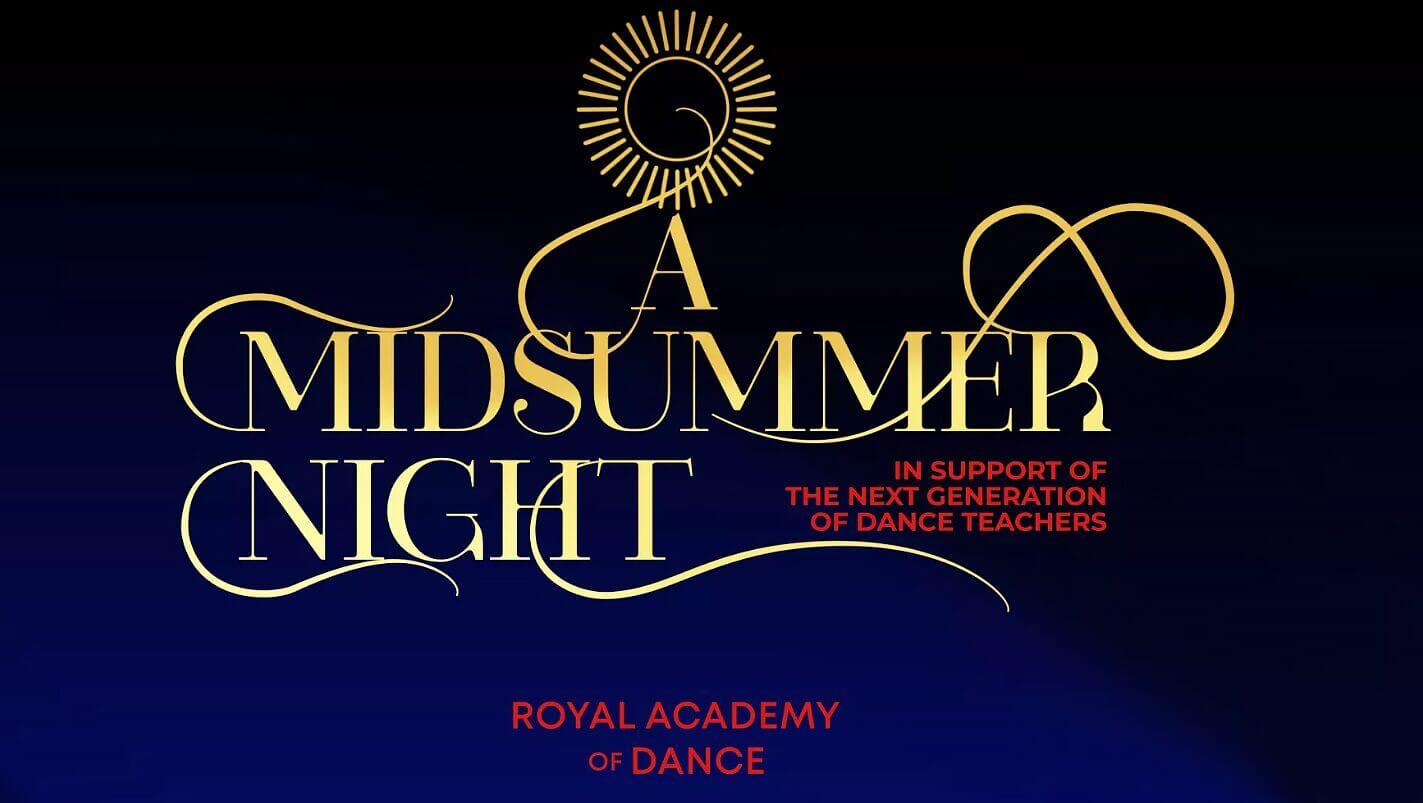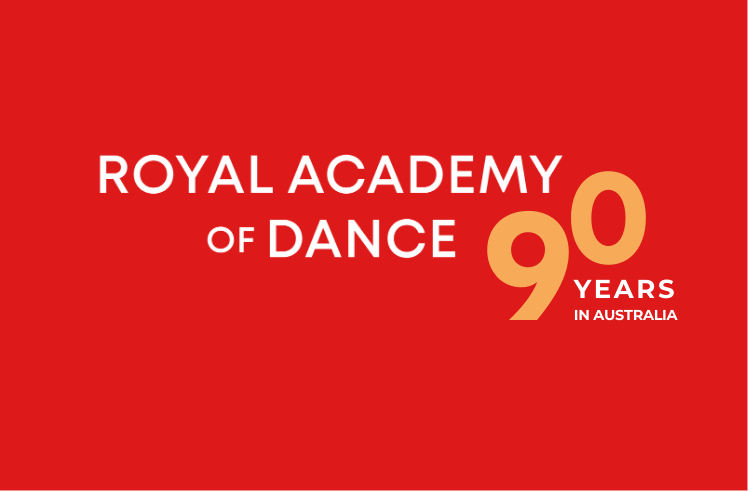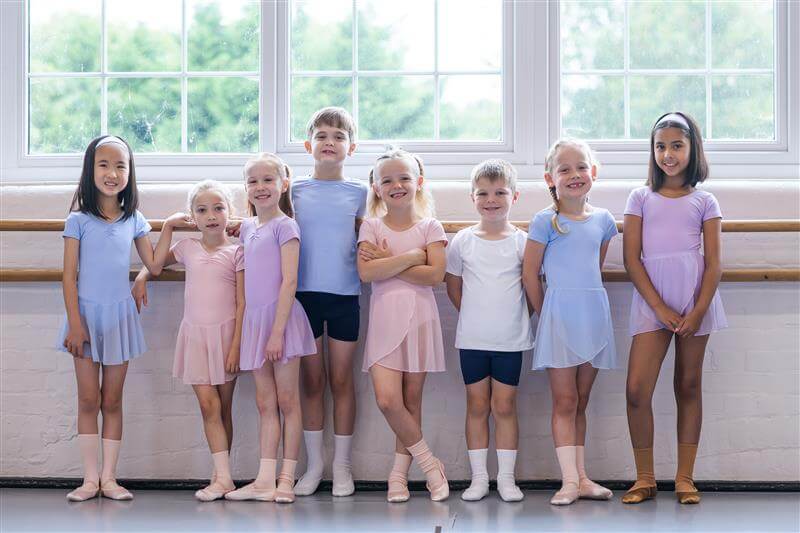Spotlight on RAD dance scholarship scheme scholars
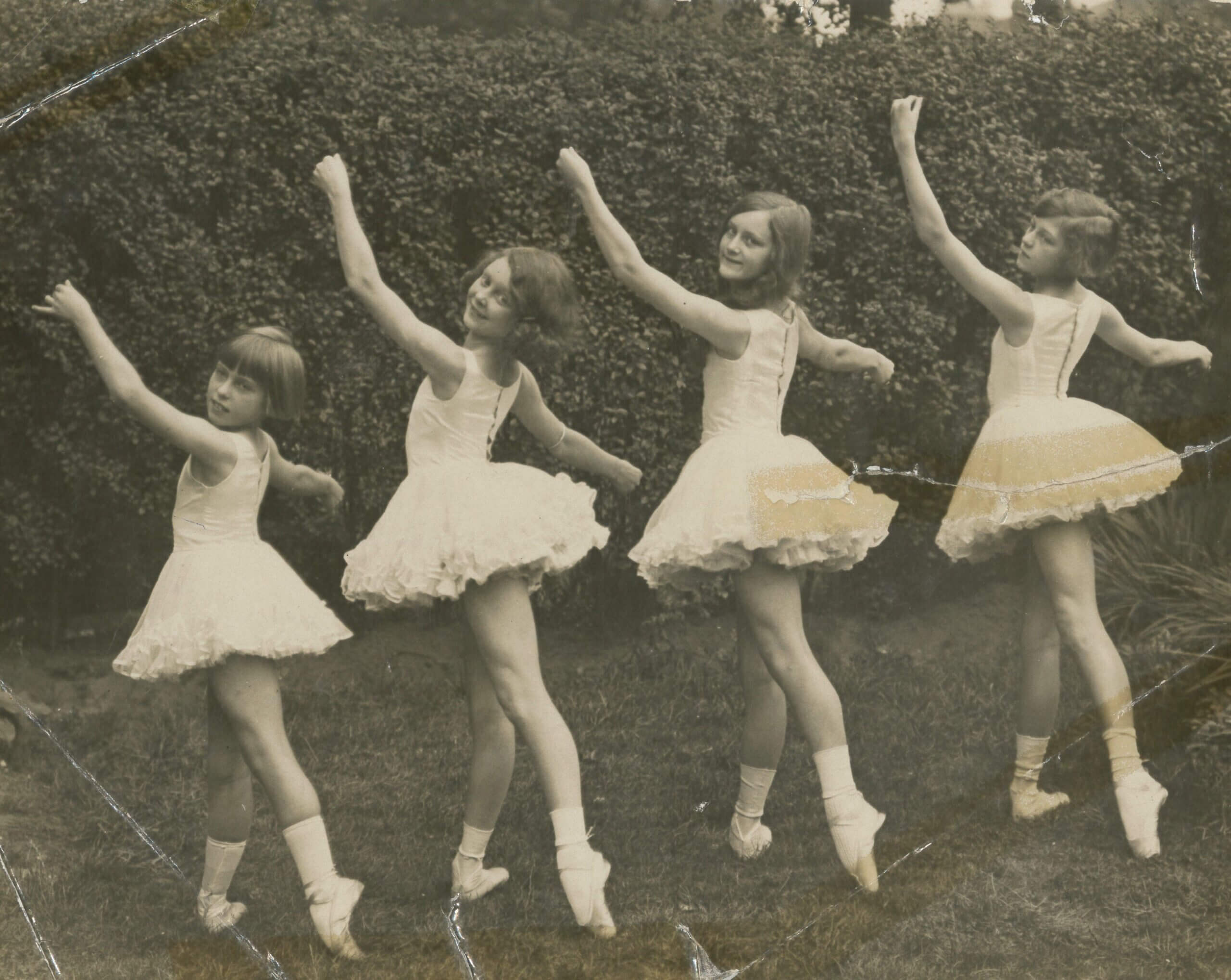
Four original dance scholarship scholars: (L-R) Kathleen Pearce, Anna Vaughan, Margaret Turner and Sissie Smith, pictured in 1926.
We are celebrating the centenary of the RAD’s original Children’s Dance Scholarship scheme, launched in 1925.
This pioneering dance scholarship scheme ran for nearly 60 years and saw more than 2,000 young people benefit from two free ballet classes a week at centres around the UK, and is reflected in many of the vocational ballet school associate programmes on offer today.
Although the original scheme is no longer available, the RAD offers a range of bursaries to help enter exams or cover programme tuition. In addition, all candidates competing in The Margot Fonteyn International Ballet Competition have the opportunity to be considered for a variety of tuition scholarships with some of the world’s leading dance companies and schools.
Offering these opportunities is fundamental to our promotion of the art of dance and ensuring its growth and development through exceptional dance education and training programmes everywhere.
Such was the scheme’s impact, its legacy lives on in today’s vocational ballet school associate programmes taught around the world.
RAD Vice President and scholar Wayne Sleep said: “With thanks to the RAD. The scheme gave me the chance to get a place at the Royal Ballet School when I was 12 years old, because I’d been trained rather well with the RAD syllabus. When I auditioned, it stood me in good stead, and I got a place out of 250 other kids!”
Past scholars
January – Sissie Smith (1914-1989)
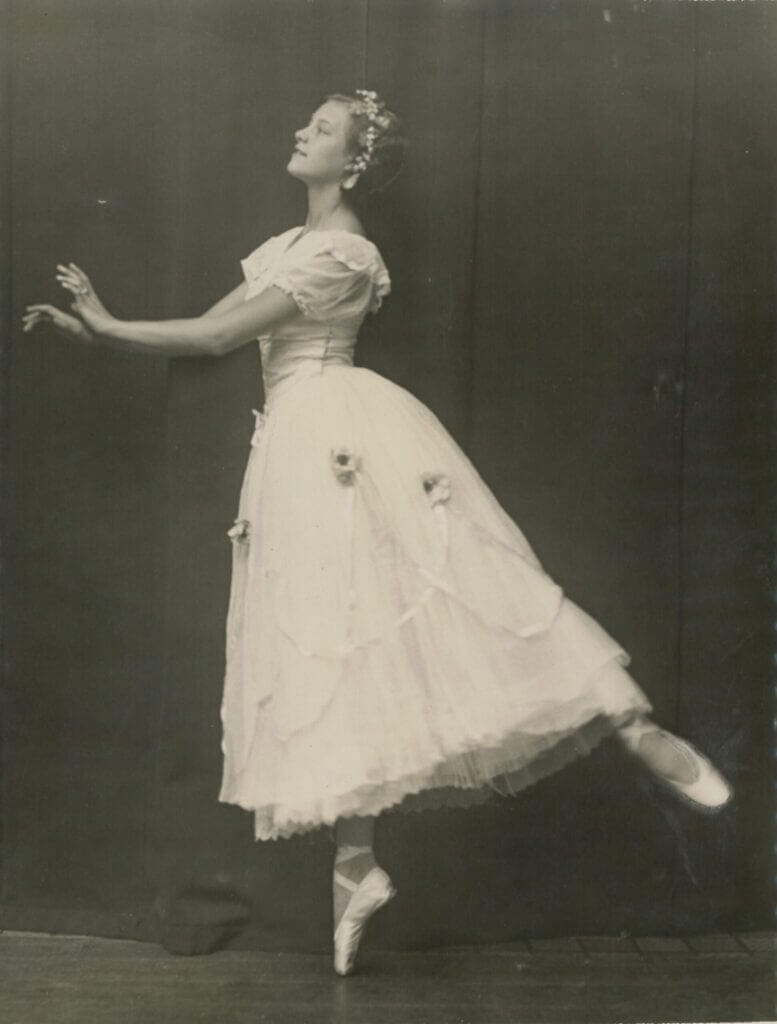
Sissie Smith was one of the original scholars in the scheme. She was selected at the first audition in December 1925 and taught by Adeline Genée. In 1929, aged just 15 years old, she was asked to take part in the ballet Coppélia, produced by Alexander Genée, for the Association’s Special Matinée performance at the Gaiety Theatre. She was also one of five students chosen to go to Copenhagen in 1932 to dance with the English Ballet Company in front of the King and Queen of Denmark.
A pupil of Pauline and Noreen Bush in Nottingham, she opened her own school in 1929, entering pupils for auditions and becoming the first dance scholarship teacher in the Nottingham area in 1931. In 1945, she became a children’s examiner for the RAD and later the first chair of the RAD East Midlands region.
In 1979, she recreated the original Adeline Genée Port de Bras Adagio, which was added to the Solo Seal syllabus in the autumn of that year and is still in use today. In 1984, she was awarded a Fellowship of the RAD.
February – Pamela May (1917 – 2005)
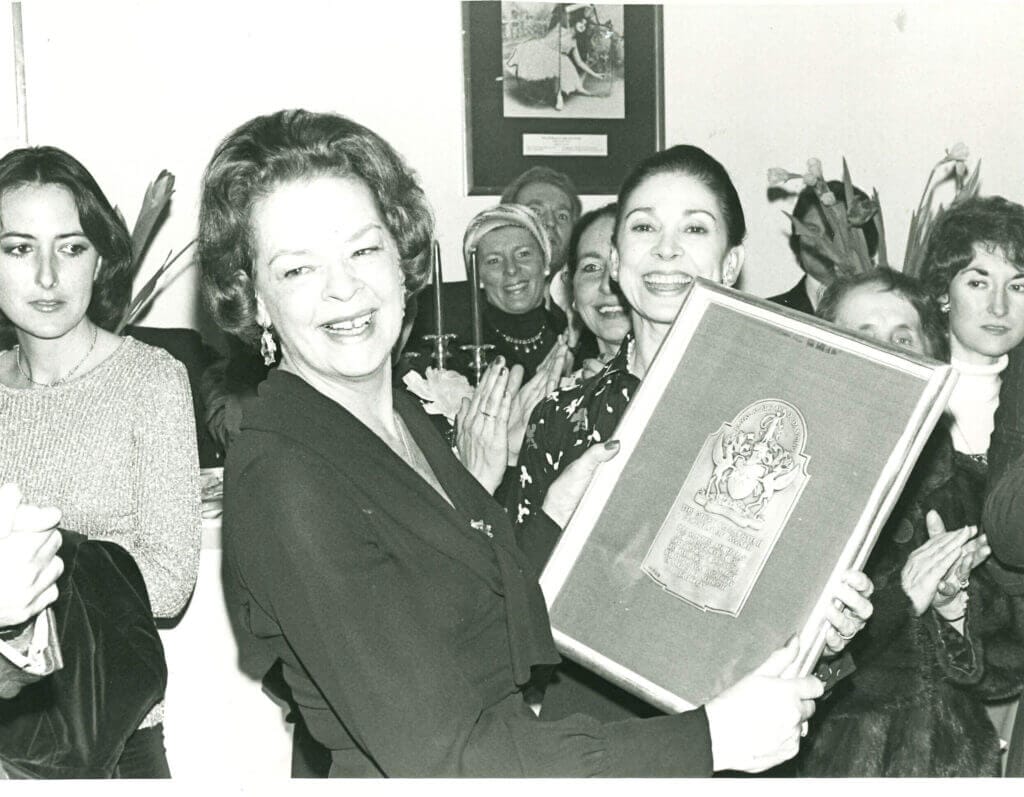
Pamela May (born Doris May) was one of the earliest RAD scholars, taking up her dance scholarship in 1929 aged 12 years. She held the dance scholarship for three years before Ninette de Valois invited her to join the Vic-Wells Ballet School, saying she was one of the best-trained children she had ever seen. In a later interview, May said, ‘I was pure RAD trained’ and ‘the RAD produced me’.
While still a scholar, aged 15, she was chosen to perform with the English Ballet Company on a tour to Copenhagen in 1932, initiated by Adeline Genee as a showcase for British Ballet abroad and performing in front of the King and Queen of Denmark. In 1934, aged 17, she made her debut with the Vic-Wells Ballet Company (later The Royal Ballet), adopting the stage name Pamela May in 1935. Numerous roles were created for her, including the Red Queen in Checkmate (de Valois), Violet in Wedding Bouquet (Ashton), one of the Red Girls in Les Patineurs (Ashton) and in 1938, the role of The Moon in Horoscope (Ashton).
Alongside her success as a principal dancer with The Royal Ballet, May continued her involvement with the RAD and the dance scholarship scheme, becoming both a member of the Executive Committee and President of the Old Scholars Club in 1947. In 1951, she joined the RAD’s technical committee, later becoming a respected teacher for the Royal Ballet School and the RAD’s London scholars. In 1976, she received the RAD’s Queen Elizabeth II Coronation Award for her outstanding contribution to the art of ballet and the following year was awarded an RAD Fellowship. May became a Vice-President for the Academy in 1982, and in 1998, she was honoured with an OBE for her considerable contribution to the dance world.
March – Celia Franca (1921 – 2007)
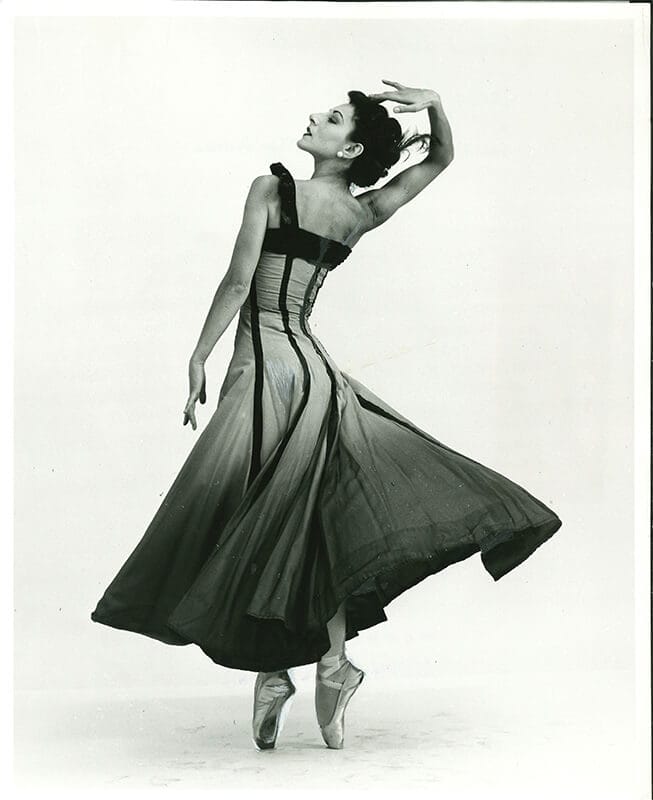
Celia Franca (born Franks) began her ballet training aged 5 years old at the Guildhall School of Music, before transferring to RAD teacher Lilian Oakshott at the age of 7. She was awarded a RAD dance scholarship when 12 years old in 1933, which she held for 3 years, achieving her Advanced certificate in 1935, under the tutelage of Judith Espinosa.
In 1936, aged 15, she appeared in the West End musical ‘Spread it Abroad’ before joining the Ballet Rambert as a member of the corps de ballet and later as a soloist, gaining valuable experience from choreographers such as Anthony Tudor and Frederick Ashton. After a brief period with Les Ballets Trois Arts and Mona Inglesby’s International Ballet, she joined the Sadler’s Wells Ballet in 1941, where she became one of the company’s most distinguished demi-character dancers, creating roles in Robert Helpmann’s Hamlet and Miracle in the Gorbals, and Andrée Howard’s Le Festin d’Araignée. Subsequently, she choreographed the ballets Khadra (1946) and Bailemos (1947) for Sadler’s Wells Opera Ballet and joined the newly formed Metropolitan Ballet as soloist and ballet mistress in 1947. In 1951, she moved to Toronto, Canada, where she founded and directed the National Ballet of Canada, co-established the Canadian National Ballet School in 1959, and remained Artistic Director of the company until 1974.
In 1972, the National Ballet of Canada embarked on their first European tour, starting with a Royal Gala performance in London, generously given in aid of the RAD and the Cecchetti branch of the ISTD. Throughout her career, Franca received many honours, including the Order of Canada in 1967, a Companion of the Order in 1985, the Canada Dance Award in 1984 and the Governor General’s Performing Arts Award in 1994. Her early RAD training and professional experience were at the heart of her aim to make her dancers into a technically superb classical ballet company in the British ballet style.
April – John Hart (1921-2015)
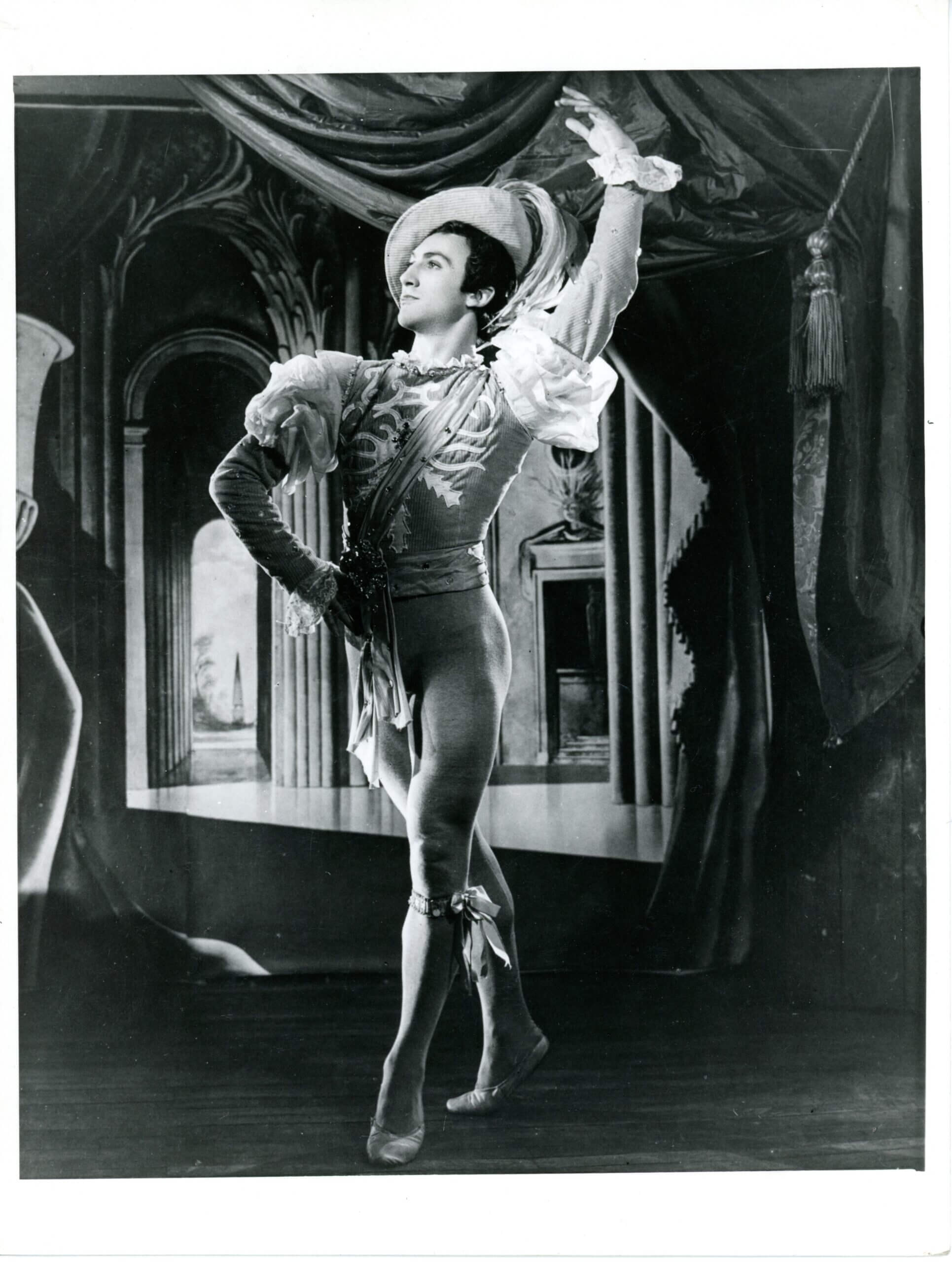
John (Jack) Hart studied ballet with Judith Espinosa and was awarded an RAD dance scholarship in 1934, aged 13, together with a choreography scholarship. He held the dance scholarship for five years and in 1939, was the first to receive the Adeline Genee Gold Medal for male dancers.
In 1938, he joined the Sadler’s Wells Ballet company and, between 1938-1942, danced all the principal roles in the classical repertoire. He then served in the Royal Air Force for four years before returning to the company in 1946 and participating as a soloist in its first tour of the USA and Canada in 1949. He created roles in Hamlet (Helpmann), Sylvia (Ashton) and Homage to the Queen (Ashton) and partnered many of the new generation of ballerinas, including Pamela May, Margot Fonteyn, Svetlana Beriosova, Violetta Elvin, and Nadia Nerina.
In 1955, he was appointed Ballet Master of the Sadler’s Wells company, and in 1962, he became one of three assistant directors of The Royal Ballet. While remaining as an administrator of The Royal Ballet between 1975-1977, much of his remaining career was spent abroad as Director of PACT Ballet in South Africa (1970-1974), Artistic Director of San Diego Ballet Company (1980-1985) and Artistic Director of Ballet West, Salt Lake City, U.S.A. (1986-1997).
In the late 1950s, while Ballet Master for the Sadler’s Wells/Royal Ballet company, Hart published two books of his own photographs of dancers both in performance and backstage. In 1970, he was the recipient of the RAD’s Queen Elizabeth II Coronation Award, and in 1971, he was awarded a CBE for services to British Ballet.
May – Gillian Lynne (1926-2018)
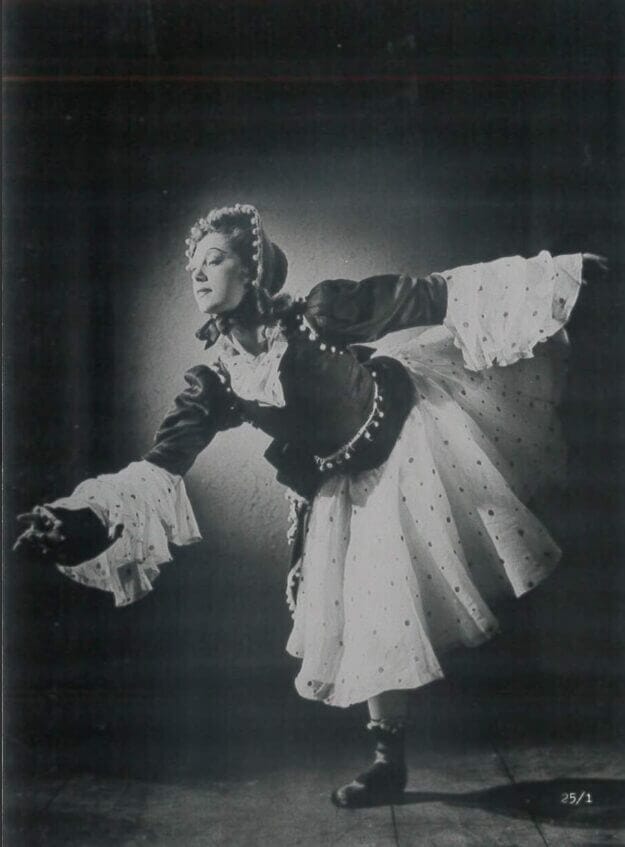
Gillian Lynne (Jill Pyrke) was awarded an RAD dance scholarship in 1938 at the age of 12. This was interrupted two years later by evacuation out of London and her mother’s death. She was then enrolled at the Cone-Ripman School (later Arts Educational) and gained her RAD Solo Seal in 1942. In 1943, Lynne was offered her first professional contract by Molly Lake, founder of the Ballet Guild. During a performance with this company, she danced the role of Odette in extracts from Swan Lake and was noticed by Ninette de Valois, who invited her to join the Sadler’s Wells Ballet Company in 1944.
Here, Lynne was a soloist until 1951, dancing a wide variety of roles in ballets that included Checkmate, Sleeping Beauty, Giselle, Ballet Imperial, Cinderella, Symphonic Variations, Nocturne, Les Patineurs, Daphnis and Chloe, Façade, Miracle in the Gorbals and Hamlet. She then broadened her dance experience by becoming principal dancer at the London Palladium, and her subsequent career flourished as a dancer and choreographer in the West End.
In the early 1960s, she began choreographing stage productions, in subsequent years directing over 60 productions in the West End and on Broadway, participating in 21 feature films and hundreds of TV productions as producer, director, choreographer and performer. Perhaps she is best known for her collaborations with composer Andrew Lloyd Webber on the musicals Cats, Phantom of the Opera and Aspects of Love.
Lynne has been described as the finest exponent of modern stage dancing of her generation, but she claimed that everything she had ever done was from a strong classical basis. She was a great supporter of the RAD and in 2001 was awarded the Queen Elizabeth II Coronation Award for a lifetime’s achievement in dance. In 2005, she choreographed four variations for the RAD’s Fonteyn Nureyev Young Dancers Competition, and in 2012 became a vice-president.
Throughout her life, she received many awards and accolades, becoming a CBE in 1977 and a DBE in 2014. In 2018, just a few weeks before she died, the New London Theatre was renamed the Gillian Lynne Theatre in her honour.
June – Wayne Sleep (1948 – )
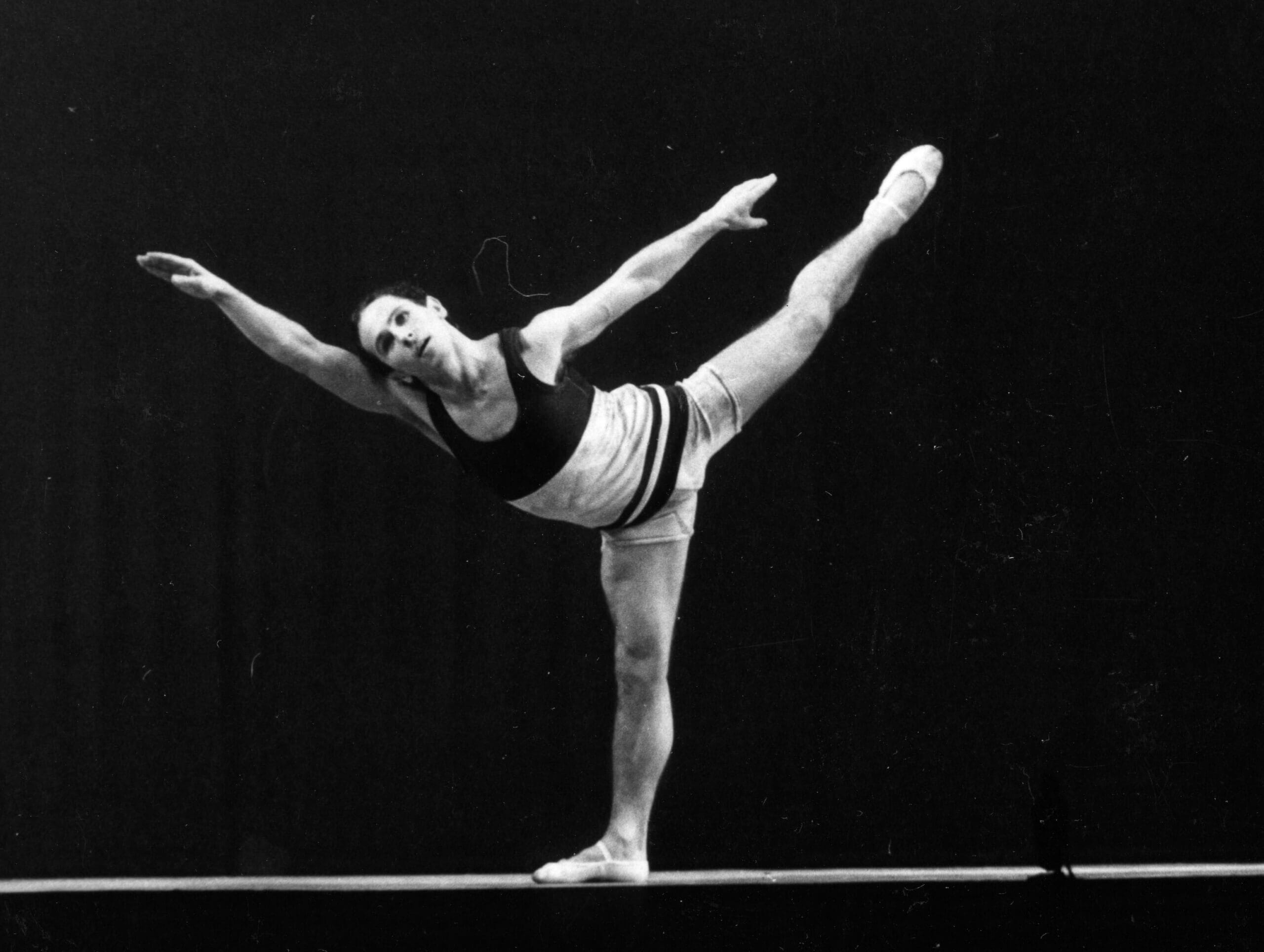
Wayne Sleep received his early training from Muriel Carr in Hartlepool before being awarded an RAD Scholarship in 1960, based at Newcastle. In his recent memoir, he describes this as a ‘godsend’ and a ‘significant step up the ballet ladder.’ Re-awarded a further year at the annual scholars’ retest, he then won a Leverhulme scholarship to The Royal Ballet School, transferring from White Lodge to the Upper School in 1964. He joined The Royal Ballet company in 1966 and became a principal in 1973.
While in the company, many roles were created for him because of his exceptional virtuoso technique and demi-character skills. Outstanding roles included Puck in The Dream, Jester in Cinderella, Blue Boy in Les Patineurs, Alain in La Fille mal Gardee, George Robertson Sinclair in Enigma Variations, and the Alaskan Rag duet in Elite Syncopations. Leading choreographers who created roles for him include Frederick Ashton, Kenneth MacMillan, Ninette de Valois, Rudolf Nureyev, and John Neumeier. He created the role of Mr. Mistoffelees in the Lloyd Webber musical Cats and starred in Song and Dance before developing a successful freelance career in film, theatre, television, and opera.
He is recognised not only as a dancer but also as an actor, choreographer, director and coach, directing several gala performances for charitable causes. In 1997, he was the co-producer for a gala celebration which saw the amalgamation of the Benesh Institute and the Royal Academy of Dance. The recipient of several awards and honorary university degrees, he received an OBE in 1998 for his services to theatre, in the same year establishing the Wayne Sleep Foundation, which continues to support students of dance, theatre and music. In 2003, he returned to The Royal Ballet company to guest as one of the Ugly Sisters in Cinderella, and in 2005, he became a vice-president of the Royal Academy of Dance.
Anyone can contribute and help us carry on our valuable work as a dance charity. Find out more about all the different ways you can support dance.

